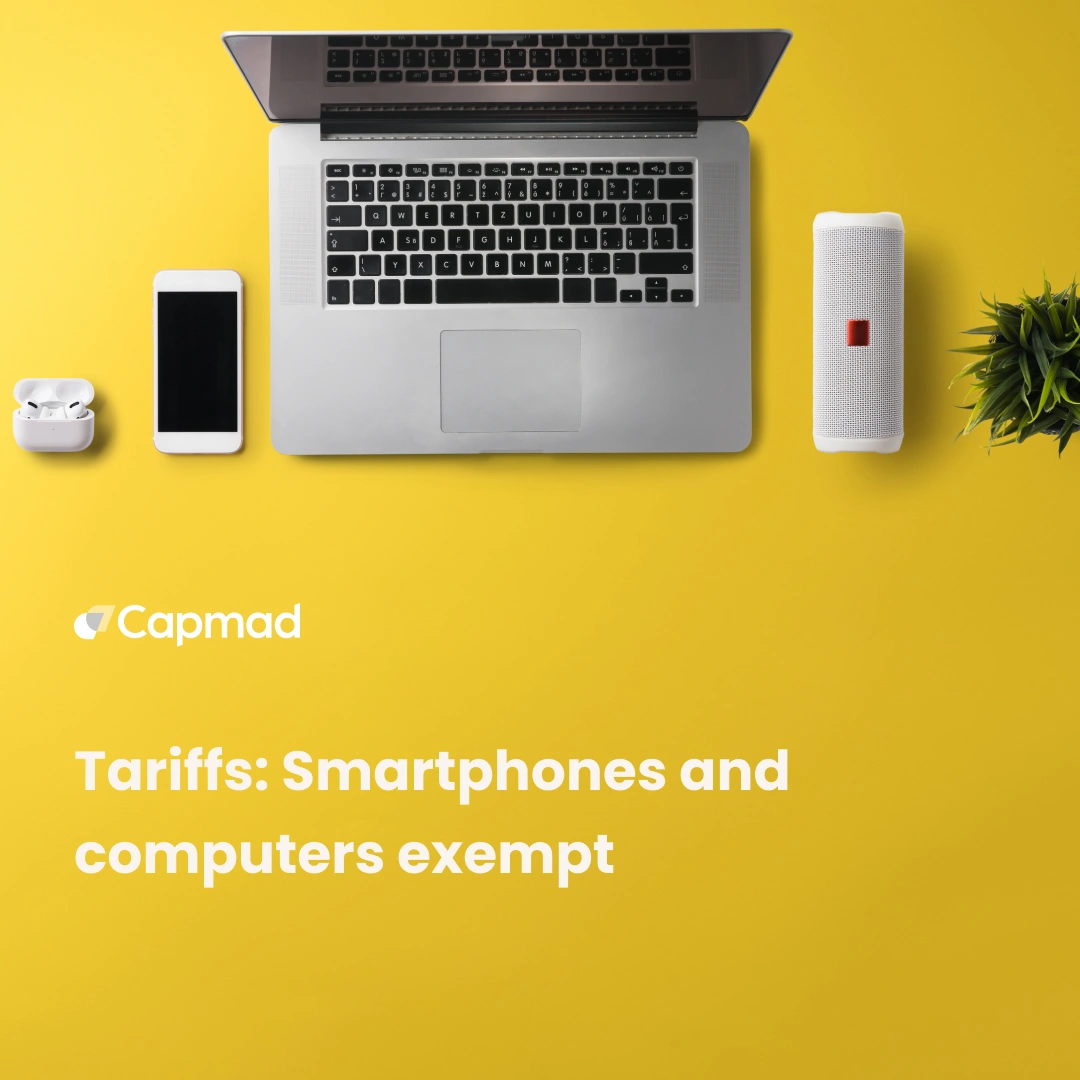On May 1, 2024, Tanzania launched the first test of its state-of-the-art electric train. This urban rail project is crucial for promoting economic growth and improving transportation efficiency in Tanzania and East Africa. To deploy the entire network, Tanzania purchased 10 locomotives and wagons from Hyundai Rotem of South Korea.
Electric Train : Tanzania takes the lead
Tanzanians can now travel a distance of nearly 200 km in one hour and 40 minutes. This significant reduction in travel time has been long-awaited as the country inaugurates transformative rail infrastructure worth 10 billion USD.
Tanzania launched the first test of its state-of-the-art electric train, the Standard Gauge Railway (SGR), from Dar es Salaam, the commercial capital, to Dodoma, the administrative capital. A few months later, the second test was launched on July 15. This marked the first electric train carrying 400 passengers from the coastal city of Dar es Salaam to Morogoro on its inaugural journey, covering a distance of 300 kilometers.
These ambitious transport projects are being realized by a Turkish company, Yapi Merkezi. This company is responsible for constructing extensive rail structures spanning over 1,000 kilometers. They have completed the first segment.
Faster and more stable trains
This electric train project will have a transformative impact on the newly inaugurated railway. It is described as the first step toward a broader transportation revolution in the region. Additionally, this project promotes economic growth and improves transportation efficiency throughout Tanzania and East Africa.
Tanzania is outpacing its neighbor Kenya and entering the advanced transportation sector by adding two new electric trains to its already developed fleet. The Tanzania Railway Corporation (TRC) states that it will increase the number of trains based on passenger demand. « TRC has received 65 passenger coaches, 17 electric locomotives, and three EMU train sets. The receipt of equipment for SGR operations is proceeding in different phases », TRC said in a statement. The equipment will continue to undergo safety tests before being put into service.
Extension of the SGR to Burundi
The SGR project doesn’t stop in Tanzania. Burundi is in talks with Tanzania on the technical aspects of building the modern railway after securing funding from the African Development Bank (AfDB). Tanzania signed a 91.76 million USD agreement with the pan-African lender on February 23 to accelerate the project, which had been delayed for over two years due to a lack of funding.
photo illustration
The program will be jointly overseen with Burundian counterparts, the ARTF, but all related purchases will be managed by Tanzania. The project aims to extend Tanzania’s SGR, which is at different stages of construction, to Burundi and then to the DRC, with 696.41 million USD in funding approved by the AfDB in December 2023.
Optimizing Interregional Trade
Interregional connectivity is crucial across the entire EAC bloc. Burundi plans to use the rail link to transport at least 3 million tons of minerals annually from Musongati. This mining site would become the world’s tenth-largest nickel deposit with 150 million tons. Additionally, other minerals like cobalt and copper will be transported to the port of Dar es Salaam, along with nearly a million tons of other goods.
At least 80 % of Burundi’s imported and exported goods are currently shipped via the port of Dar es Salaam, according to the Tanzania Port Authority. The Tanzania-Burundi SGR link is also expected to boost agricultural trade and transit commerce between the two countries via the central corridor. This project will further facilitate cross-border movements within the East African Community bloc following the DRC’s entry in mid-2022.
Lastly, negotiations for additional SGR links between Tanzania Rwanda, and Uganda are still ongoing.






